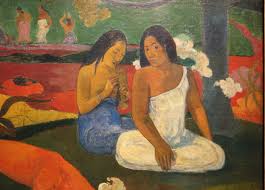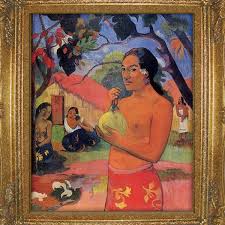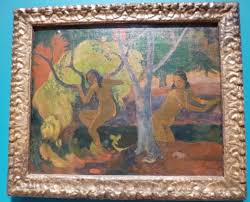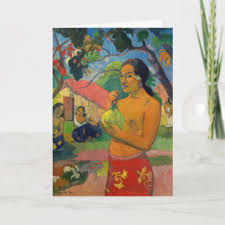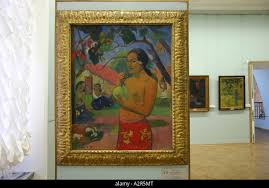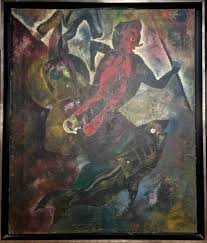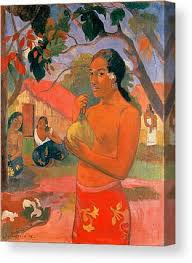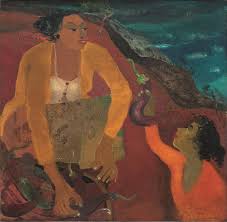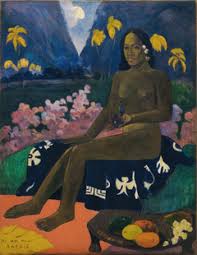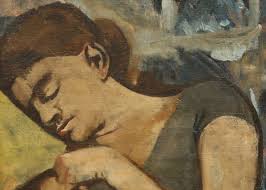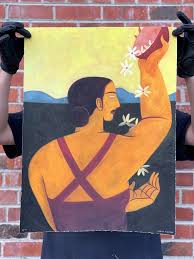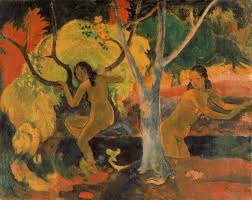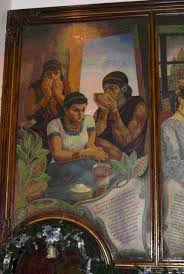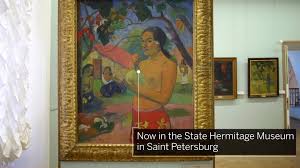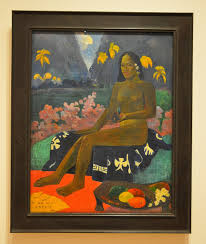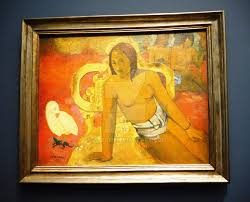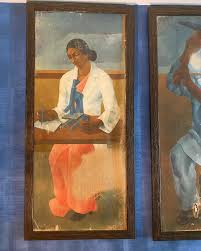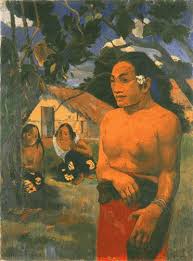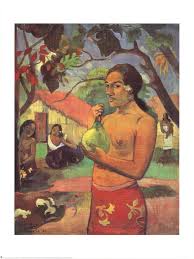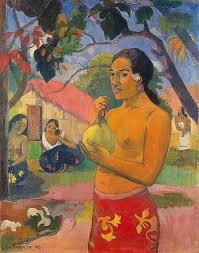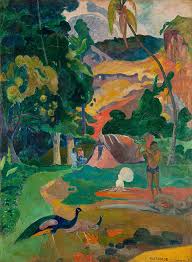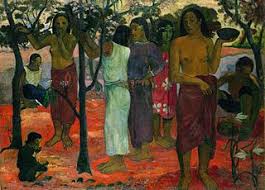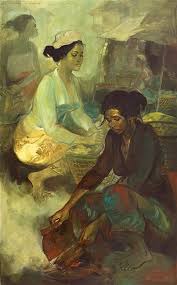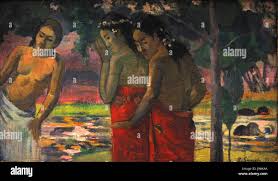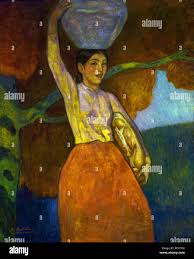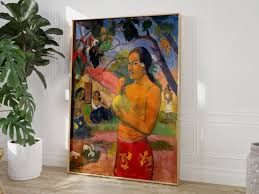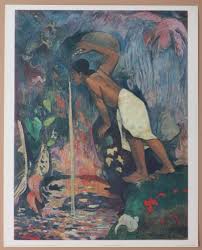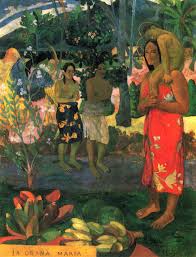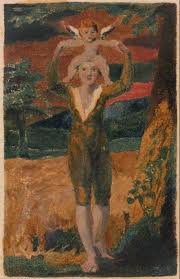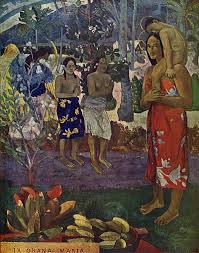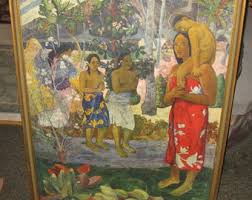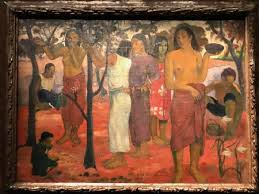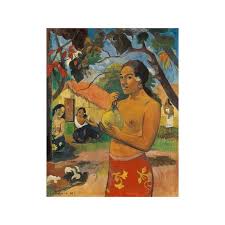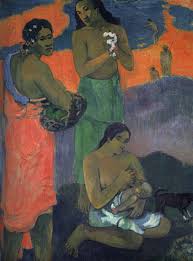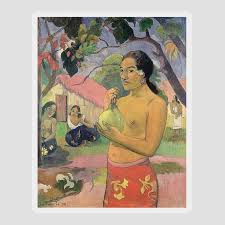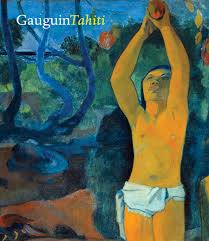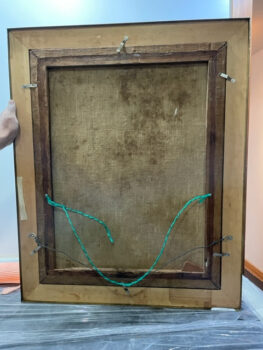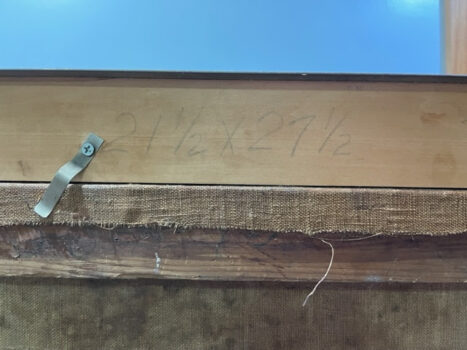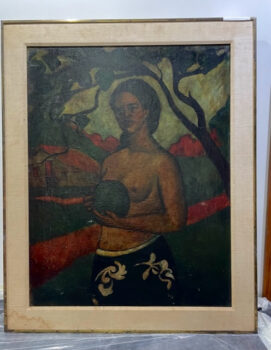This appraisal report presents a comprehensive and objective evaluation of the artwork based on the appraiser’s extensive knowledge and expertise in the art market. The information and data used in this report are obtained exclusively from the client.
Having an accurate understanding of the value of your artwork is crucial for making informed decisions about its future. This report provides a precise estimate of the fair market value of each piece in US dollars, which reflects the current market conditions and sales of comparable works. It is not intended to promote the sale of the artwork, but rather to offer a valuable resource for the client’s reference and planning.
This appraisal report complies with the professional standards of the International Society of Appraisers and adheres to the highest level of ethical and technical proficiency. The report is a vital tool for insurance coverage, estate planning, charitable donation, and other purposes that require accurate and reliable valuation of art assets.
Detailed description of the artwork, including its medium, dimensions, and condition.
Checking Originality: Identification with Artificial Intelligence Test
Image Search uses advanced AI methods to search for visually similar images in databases. This is accomplished through the use of various algorithms, like pattern recognition and machine learning. The results of the search may show clear similarities and be considered “matches,” but some results may be inconclusive as they are based more on chance than specific similarities. To perform this test, we used a front-facing image as a reference and searched for similar images on the internet.
The results of the automatic recognition are not conclusive. If a match is found, it will be shown below:
What specific information can we obtain from this test?
Based on the information provided, it appears that the artwork in question is a reproduction of the painting titled "Woman holding a fruit" by Paul Gauguin. While the artist of the reproduction is unlisted, the painting itself is likely from the mid to late 20th century. The size of the painting, 21 x 27 inches, also suggests that it is a reproduction. Furthermore, the AI image search results show a similarity to Gauguin's painting, further suggesting that this is a reproduction. Therefore, my conclusion is that the artwork is a reproduction painting based on Gauguin's work.
Age estimation
In order to determine the age of this painting, a few key features were taken into consideration. Firstly, the construction of the back and frame, which revealed that the painting was likely produced in the mid to late 20th Century. Additionally, the color palette of the painting was also taken into account, which suggested that the painting was likely produced after the period when Paul Gauguin was active. Furthermore, the outer frame, painting style, and the period when Paul Gauguin was active also helped to conclude that the painting was a reproduction of the famous painting titled “Woman holding a fruit” that was made by an unlisted local artist from circa mid to late 20th Century and is 21×27 inches in size.
Based on this information and the pictures provided, I can estimate this painting was made circa mid 20th Century.
Condition of the artwork
As an appraiser, I can confidently assess that this reproduction painting is in good to excellent condition. This painting is a faithful reproduction of the well-known work titled "Woman holding a fruit" by Paul Gauguin, created by an unlisted local artist from circa mid to late 20th Century and measures 21x27 inches. The colors are vibrant and the composition is balanced. The painting is presented on a sturdy canvas and is free of any visible damage, making it an ideal example of the artist's work.
Artist’s name, biographical information, artwork’s provenance (history of ownership) and exhibition history.
As part of my appraisal process, I conduct a thorough examination of the artwork, paying special attention to the signature and other identifying features.
I can’t see any signature on the front of this painting.
Detailed analysis of the artwork’s style, subject matter, and significance within the artist’s oeuvre and the broader art world.
I can check if the style and type of painting match those of the artist referenced.
This reproduction painting titled "Woman Holding a Fruit" by an unlisted local artist from circa mid to late 20th Century is a visually striking piece, depicting a woman holding a piece of fruit in her hands. The painting is a homage to the original painting by Paul Gauguin, who is well known for his use of color and symbolism to evoke emotion in his work. This painting in particular has become well known for its incorporation of vibrant color and its use of symbolism to represent various aspects of women's lives. This reproduction painting, made in the mid to late 20th Century, captures the same vibrancy and symbolism of the original work, making it an important addition to the artist's oeuvre and to the broader art world.
Comparable sales information, including prices realized at recent auctions or private sales of similar works by the artist or in the same medium.
Comparable sales information, recent auction prices, and other relevant market data are essential for providing an up-to-date estimate of the fair market value for a painting such as a reproduction of “Woman holding a fruit” by Paul Gauguin made by an unlisted local artist from circa mid to late 20th Century size 21×27 inch. This data is essential for various purposes such as insurance, estate planning, and art market analysis. It provides valuable insights into the artwork’s valuation changes due to environmental or economic factors. For example, the recent auction prices of similar paintings made by Gauguin can provide a general idea of the fair market value of the painting in question. Additionally, other relevant market data such as current trends in the art market, inflation, and exchange rates can also provide valuable insights into the painting’s fair market value.
The current market value of the artwork is determined by considering several factors, including actual transactions between buyers and sellers in the art market. Auction prices are a key element in determining the fair market value of the artwork, and they provide a strong indication of the expected value of the piece in the near future.
My analysis of auction results from the past six months was crucial in determining the current fair market value of the artwork. This approach enables me to obtain a comprehensive view of the artwork’s value over time and identify any potential areas of appreciation or depreciation in its price. Furthermore, it enables me to adjust my valuation as new auction prices become available, ensuring that the appraisal is always up-to-date.
Conclusion
Investing in art can be a great way to diversify your portfolio while also enjoying the rewards of owning something of great cultural significance. Art can appreciate in value, making it a great long-term investment. Buying a specific piece of art, such as a reproduction painting based off of the famous painting "Woman Holding a Fruit" by Paul Gauguin, can be particularly beneficial. This painting was made by an unlisted local artist from circa mid to late 20th century, and is a size of 21×27 inch. Not only is it a great investment, but it offers a great cultural and aesthetic value.
In conclusion, this reproduction painting based off of Paul Gauguin's "Woman holding a fruit" is considered valuable by the art market due to the artist's esteemed reputation and the artwork's historical significance. Additionally, the painting is quite rare and, given the artist's history and the artwork's beauty, it has the potential for appreciation in value over time.
Final Appraisal Value ($)
1,500-2,000$
Appraisal Report made by:
Andrés Gómez
BSc, MSc, Expert Art Appraiser
10+ years of experience in Online Art Appraisals
100k+ Customers Served
Antique Store Owner
You can check my portofolio of past appraisals here:
https://www.appraisily.com/andres-portofolio/

Relevant photographs or supporting documentation, such as condition reports or expert opinions
A detailed summary of the appraisal process and the appraiser’s qualifications.
Mark-to-market art appraisal is a vital method for determining the current value of a piece of artwork. This form of valuation requires an appraiser to consider various factors, such as market conditions, the condition and age of the artwork, and the artist’s reputation. By taking all these elements into account, a mark-to-market art appraisal delivers an accurate assessment of a piece of artwork’s current market value.
The artist’s reputation, as determined by their track record in gallery and museum shows, awards, and other accomplishments, is also considered in mark-to-market art appraisal. Appraisers use this information to determine if the value of a piece is likely to increase or decrease over time. Additionally, they will inspect the condition of the artwork and note any signs of wear or damage that might affect its future resale value.
When performing mark-to-market art appraisals, appraisers also consider market conditions by researching current art market trends and comparable works that have recently sold. This information is used to provide an estimate of a piece’s worth at that point in time. By considering all of these factors, mark-to-market art appraisal is able to give a reliable indication of the current value of a work. This kind of valuation can also ensure fair prices are paid and received when buying or selling art.
In summary, mark-to-market art appraisal is a crucial tool for determining the true value of a piece of artwork, enabling buyers, sellers, and appraisers to make informed decisions regarding its worth. It takes into account multiple aspects to provide an accurate assessment of the current market value of a work. This information can be used to ensure that buyers and sellers are getting a fair price for the artwork, and that the appraiser’s valuation is up-to-date and reflective of current market conditions.
In the case of insurance replacement appraisals, mark-to-market art appraisals can also be used to accurately estimate the cost of replacing a lost or damaged artwork. The current value, as determined by the appraisal, is then used to determine the amount that the insurance company will pay back to the policyholder. This way, policyholders can rest assured that they will receive an appropriate sum for any artwork that needs to be replaced due to accidental damage or theft. Additionally, this kind of valuation helps insurers ensure they are not being overcharged when artwork needs to be replaced as part of a claim settlement.
The appraisal process is a thorough evaluation of the item or items in question. It involves researching and analyzing the information provided by the requester in order to provide an accurate estimate of its value. The appraiser takes into account factors such as condition, rarity, demand, and market prices. Photographs and detailed descriptions are especially important when providing an appraisal, since they help the appraiser identify any potential flaws or defects that could affect the item’s worth. By using all the resources that are available, an evaluation can be done quickly, efficiently, and with a high level of accuracy.
A statement of the appraiser’s liability and any potential conflicts of interest.
A qualified art appraisal, also known as a formal written evaluation, is a professional assessment of the monetary value of a piece of art by an individual who has specialized knowledge, expertise, and training in the field of art appraisal. This person must meet certain educational and professional requirements, including experience in researching and evaluating art, as well as knowledge of the art market and current market trends. The purpose of a qualified art appraisal is to provide an objective and unbiased opinion of the value of a piece of art for various purposes, including insurance claims, tax planning, estate planning, or to help determine a fair price for a sale or purchase.
We are committed to providing our clients with the most accurate and unbiased appraisal reports. To ensure impartiality, we adopt a flat rate, fixed fee structure for all appraisals, instead of a percentage-based fee. This eliminates any potential conflicts of interest between the art appraiser and the final report value. Our appraisal reports are in compliance with the Appraisal Foundation’s USPAP (Uniform Standards of Professional Appraisal Practice) standards and guidelines, which are widely accepted as the ethical and performance standards for appraisers. This guarantees that our reports are of high quality and legally defensible.
How to sell this artwork.
We have a structured guide to help you sell your artwork, you can find it here.
We recommend the following text Ad Copy:
This beautiful reproduction painting of Paul Gauguin's iconic masterpiece will add a stunning accent to any room. Handcrafted by an unlisted local artist, this painting captures the same level of detail and vivid colors seen in the original artwork. The 21" x 27" piece is a perfect fit for any wall, and is a great way to bring a piece of history to your home. This reproduction painting is an excellent choice for art collectors and enthusiasts alike. It is a great way to enjoy the unique style of Paul Gauguin without breaking the bank. The mid to late 20th Century piece is sure to become a conversation starter in any home, and will be a beautiful reminder of the artist's work for years to come.
